For those who need security on their Android devices, the standard swipe lock screen just isn't enough, so it's necessary to install applications like GOTO and WidgetLocker to enable either pattern, password or PIN protection. This protection is great overall, but when you're frequently using your smartphone, having to keep unlocking the lock screen becomes quite an annoyance. You could be in a heated text conversation, following directions on a map or compulsively checking the news feed on Facebook. Whatever the reason, it's nice to know you still have options, and DelayedLock is that option.
Most HTC smartphones already have something like this built in, and those of you using CyanogenMod 7 can also delay your lock screen in a similar way, but for everyone else using Android 2.2 or higher, Delayed Lock is the answer. It turns your password protection off for a few minutes (or longer) when set, so you don't have to constantly unlock your phone when in heavy use. You wouldn't want to use this if it's in your back pocket, but it's particularly helpful when using a map application for safer driving.

DelayedLock also supports plugins to unlock with Wi-Fi, Bluetooth or location-based and remote-activated lockscreens via SMS. The app costs $1.43 in the Android Market, but you can also try out a trial app before you buy, to make sure it works with your device. If you have problems or questions with either the free or paid app, you can browse the developer's FAQ to find some answers.





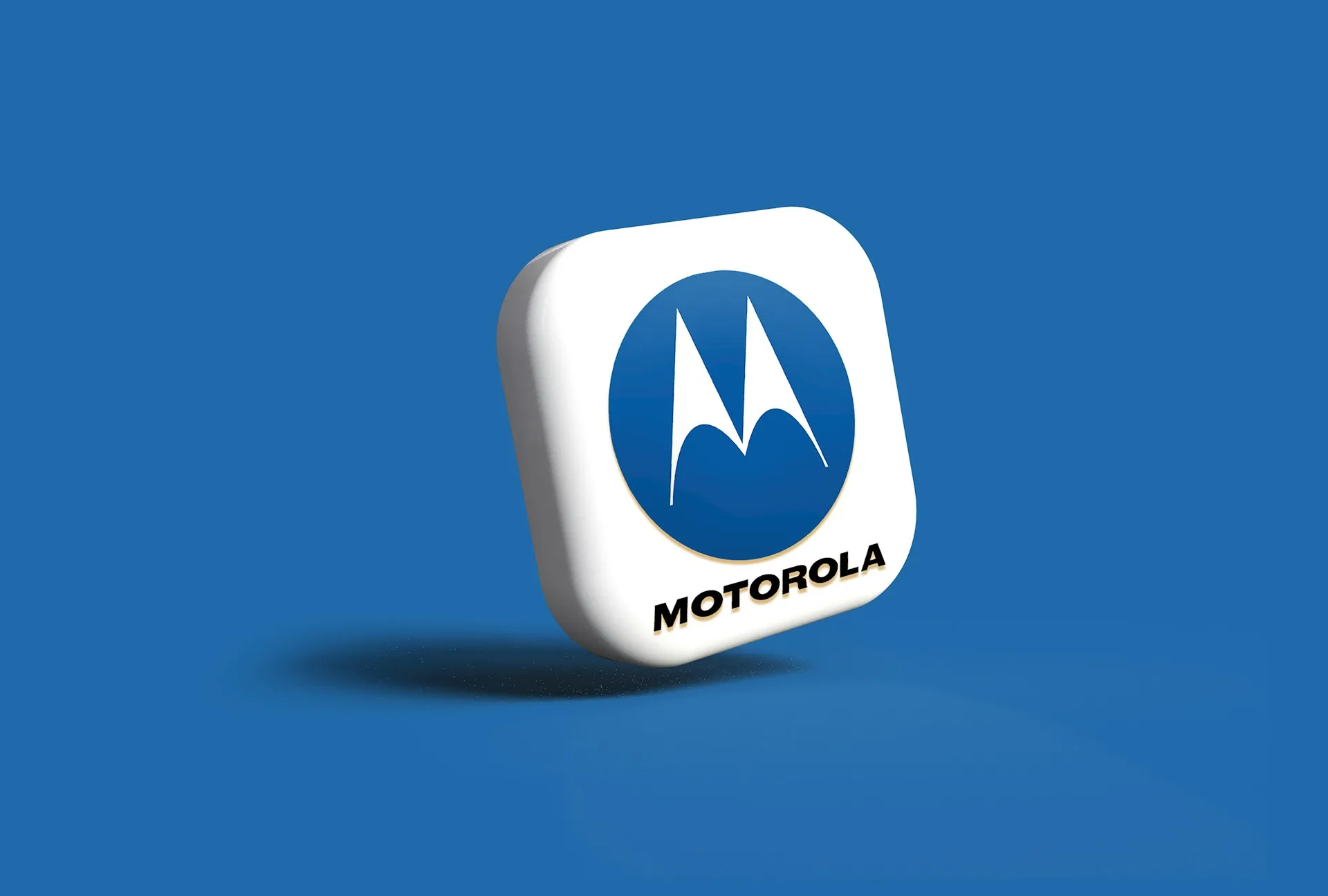
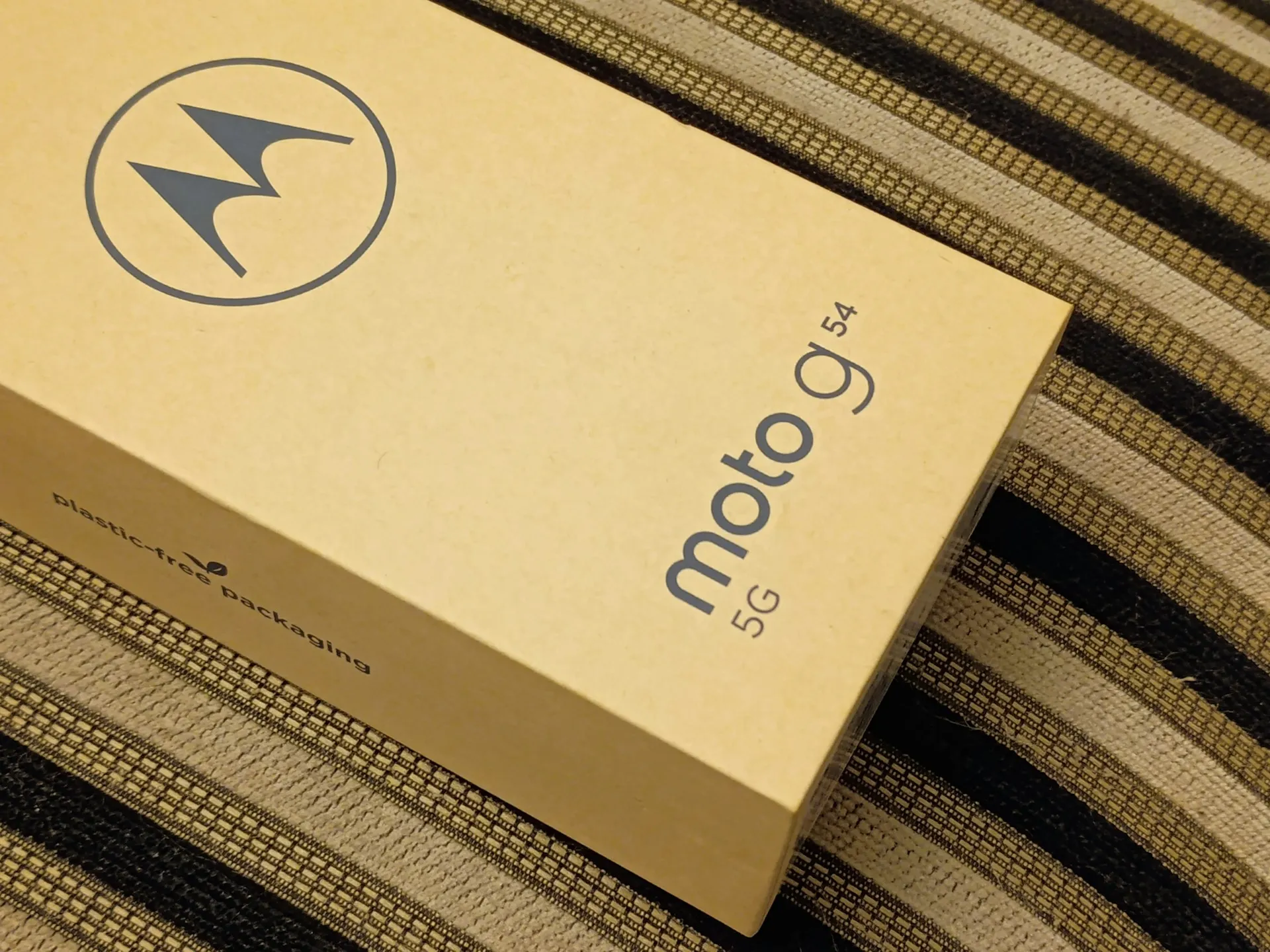

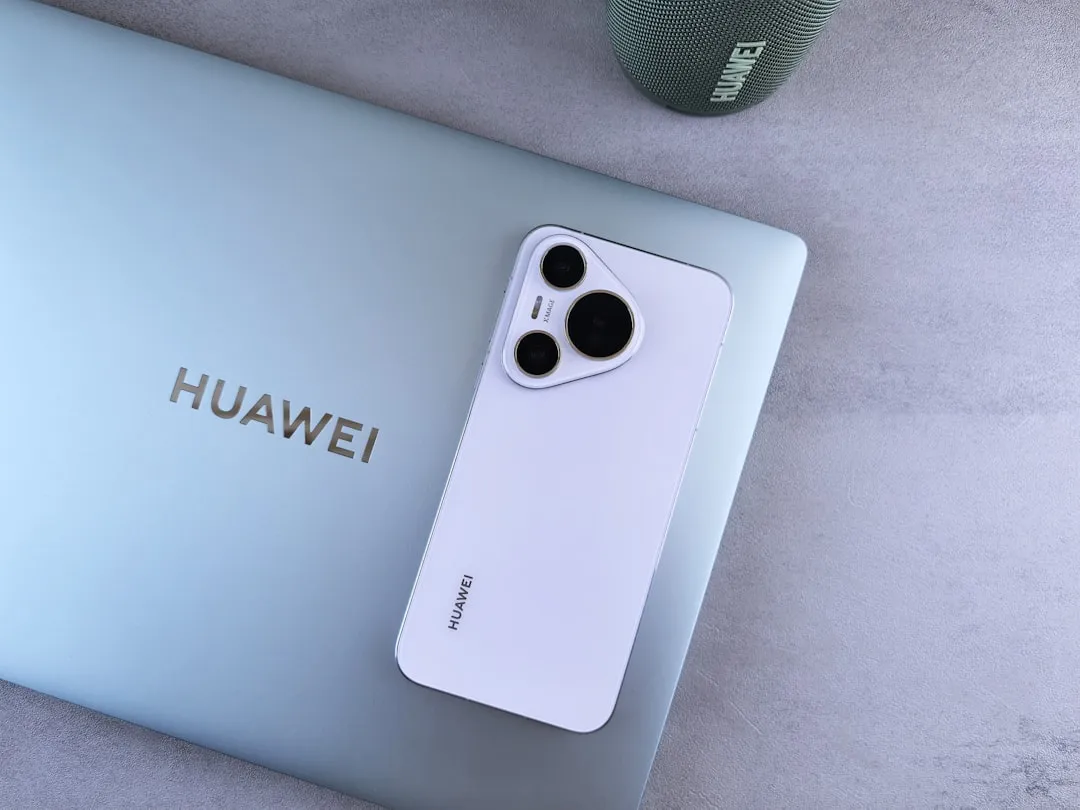
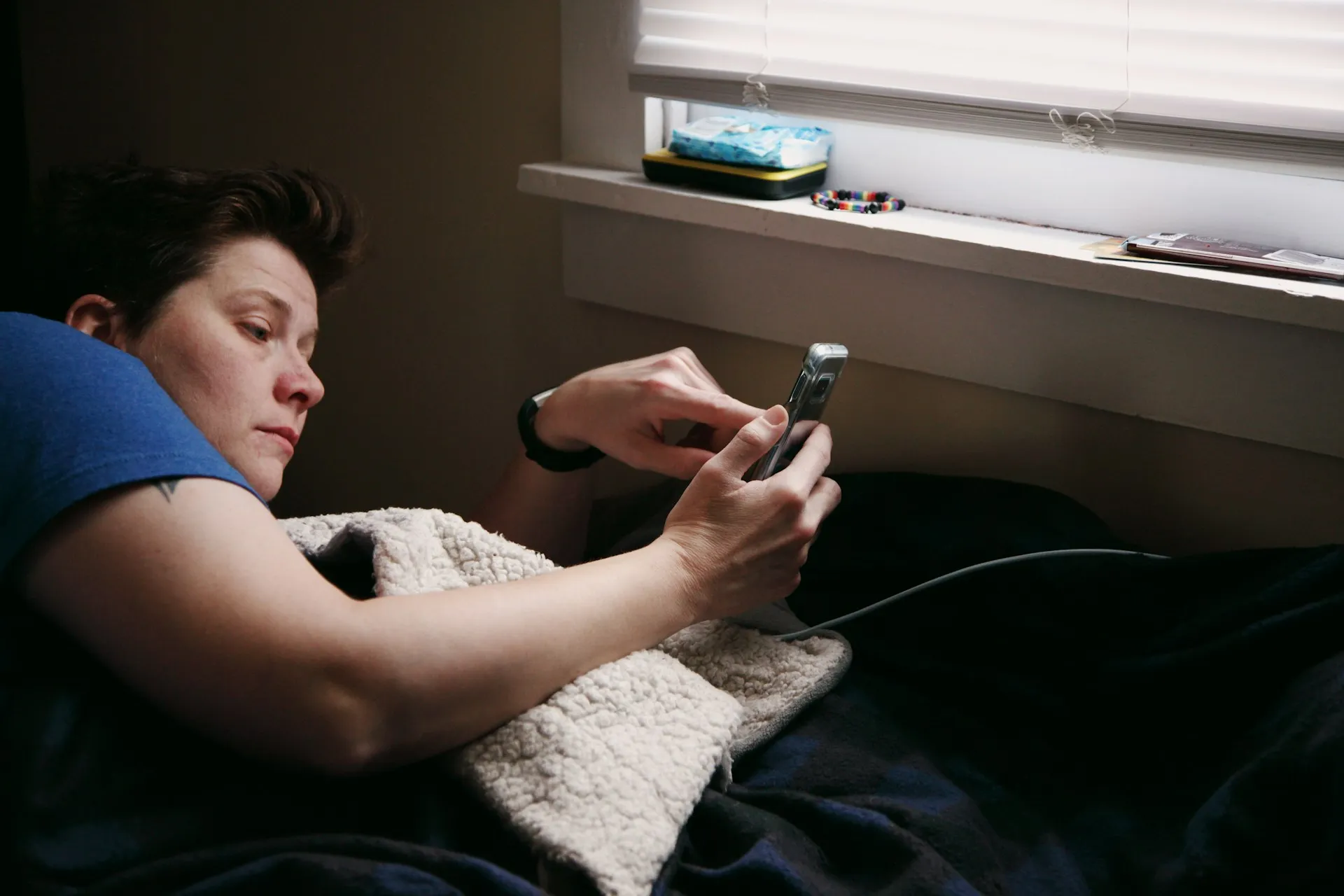
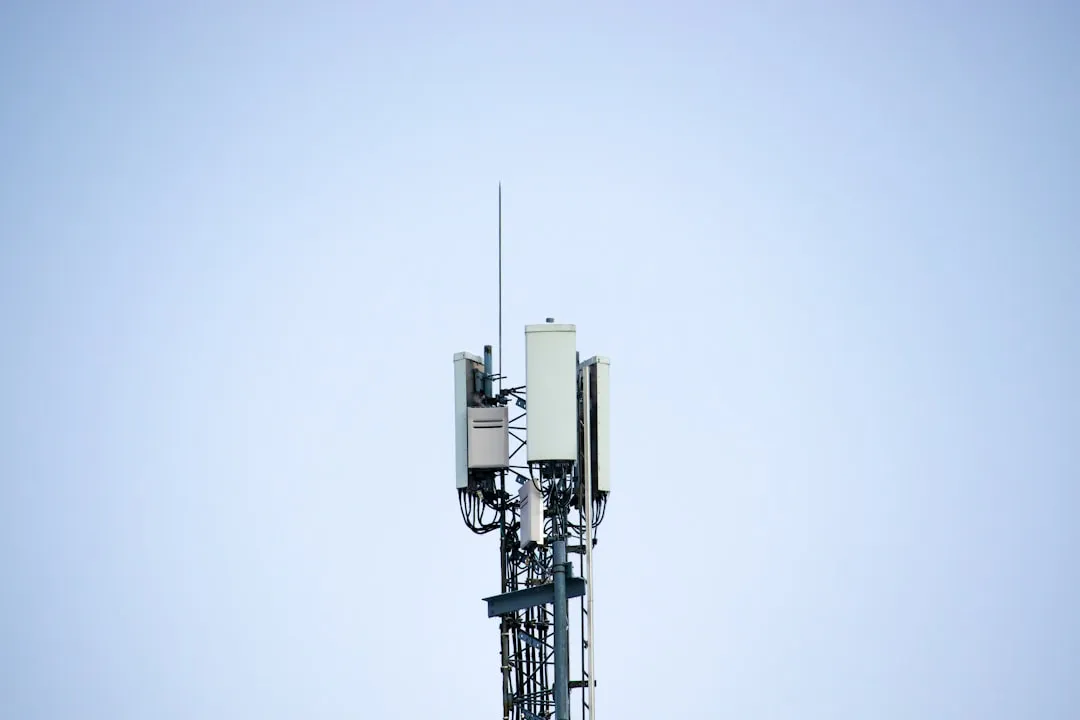


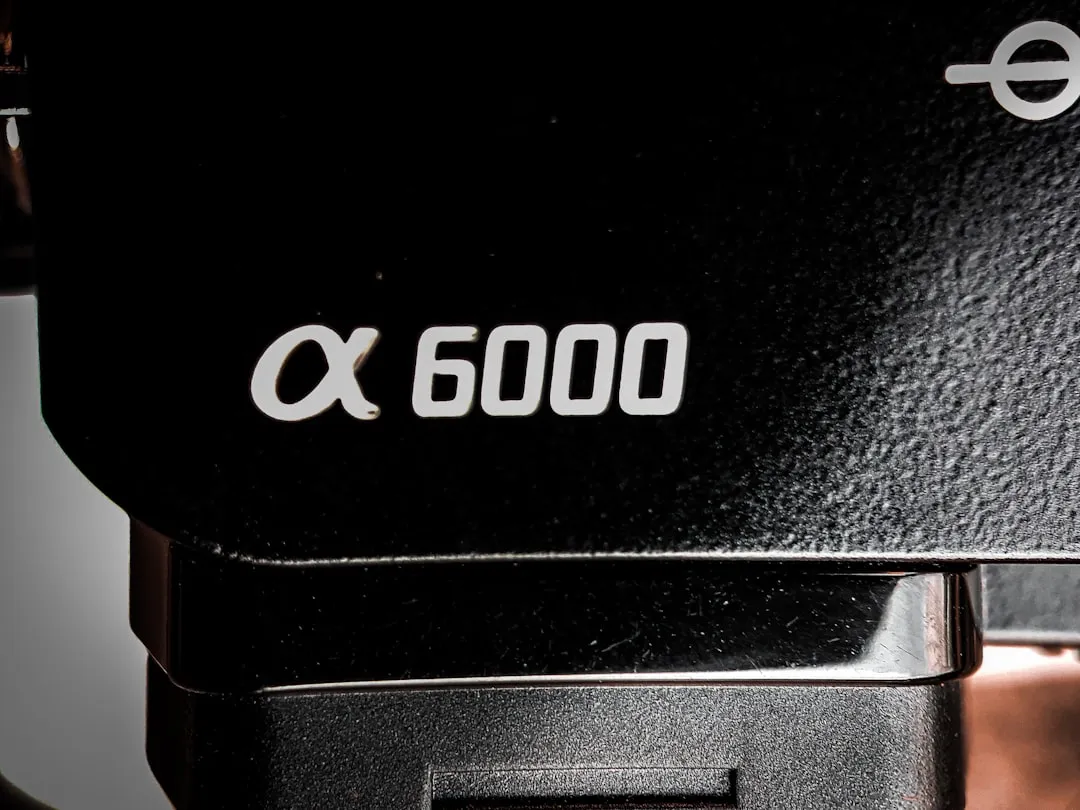


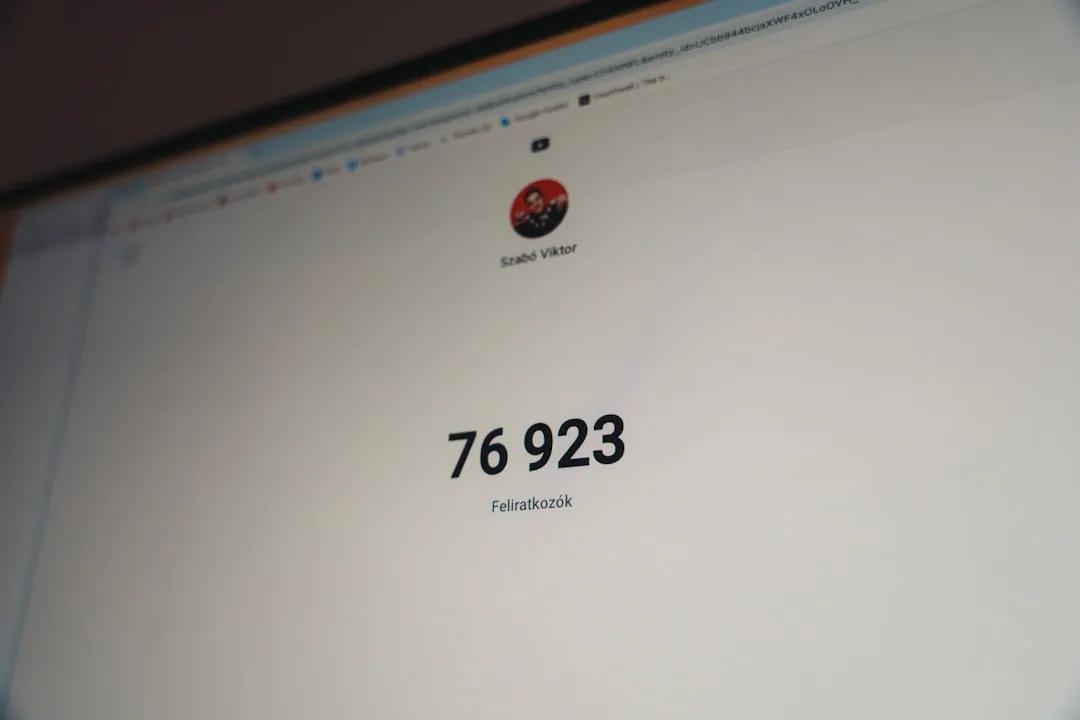


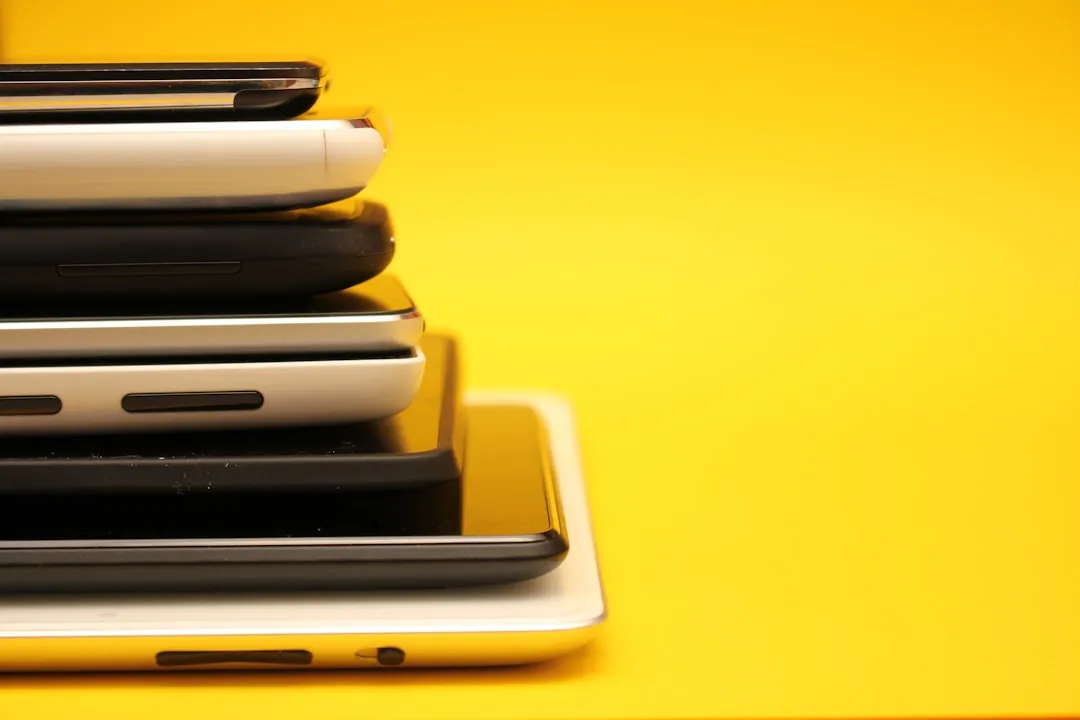

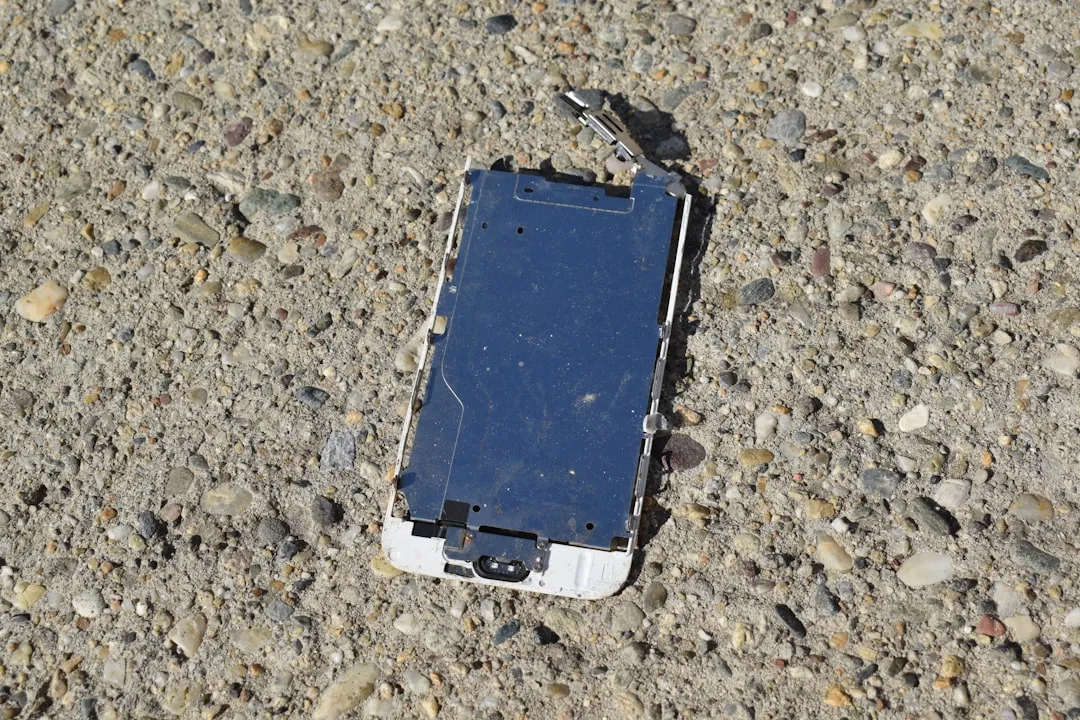
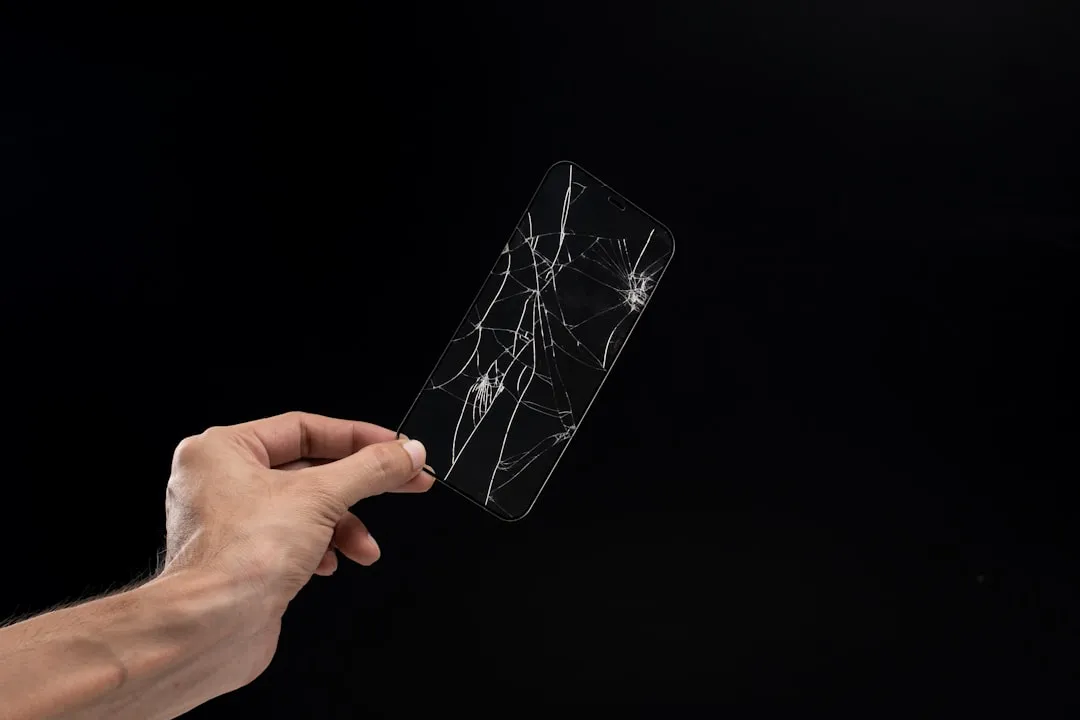

Comments
Be the first, drop a comment!